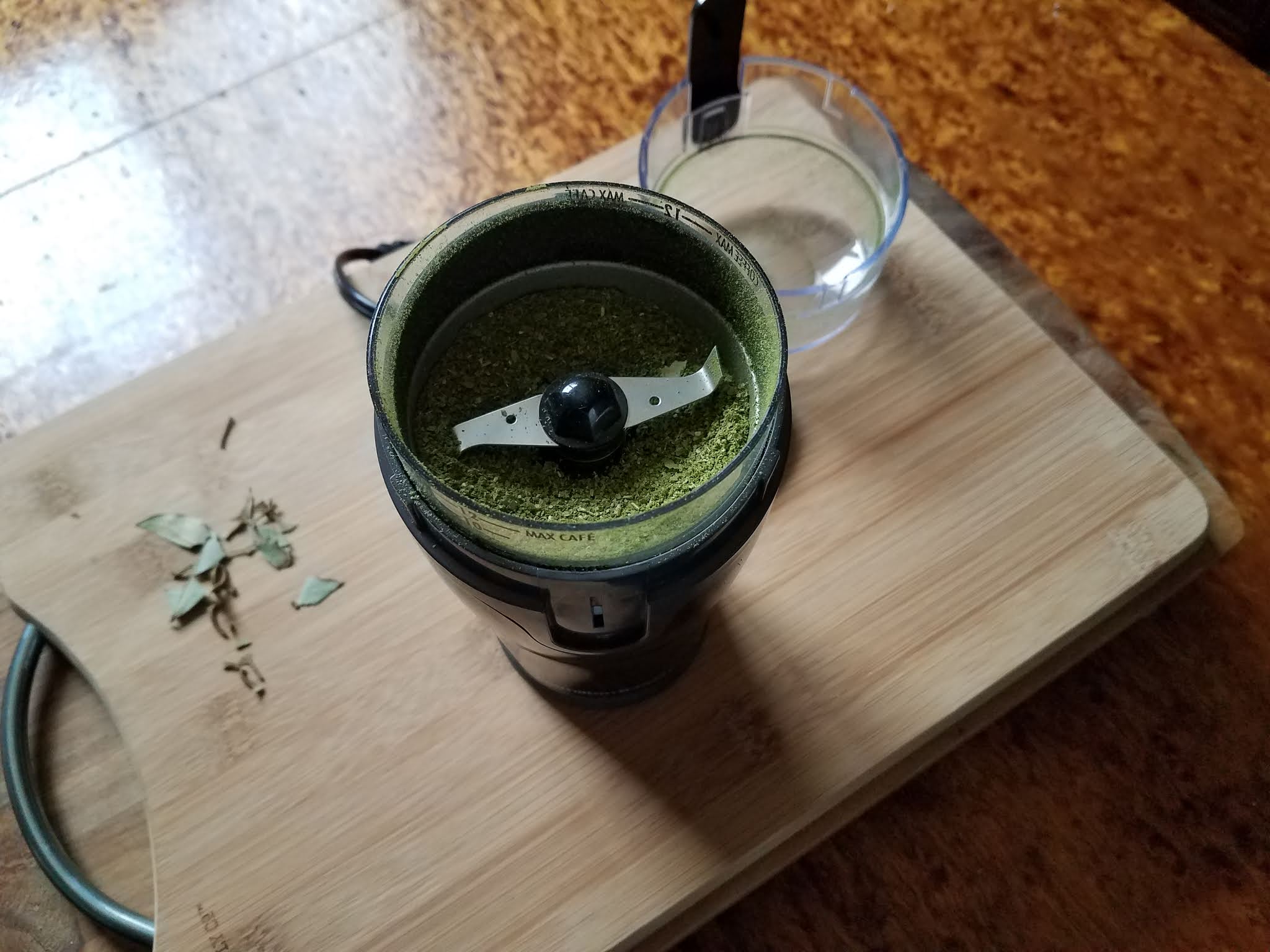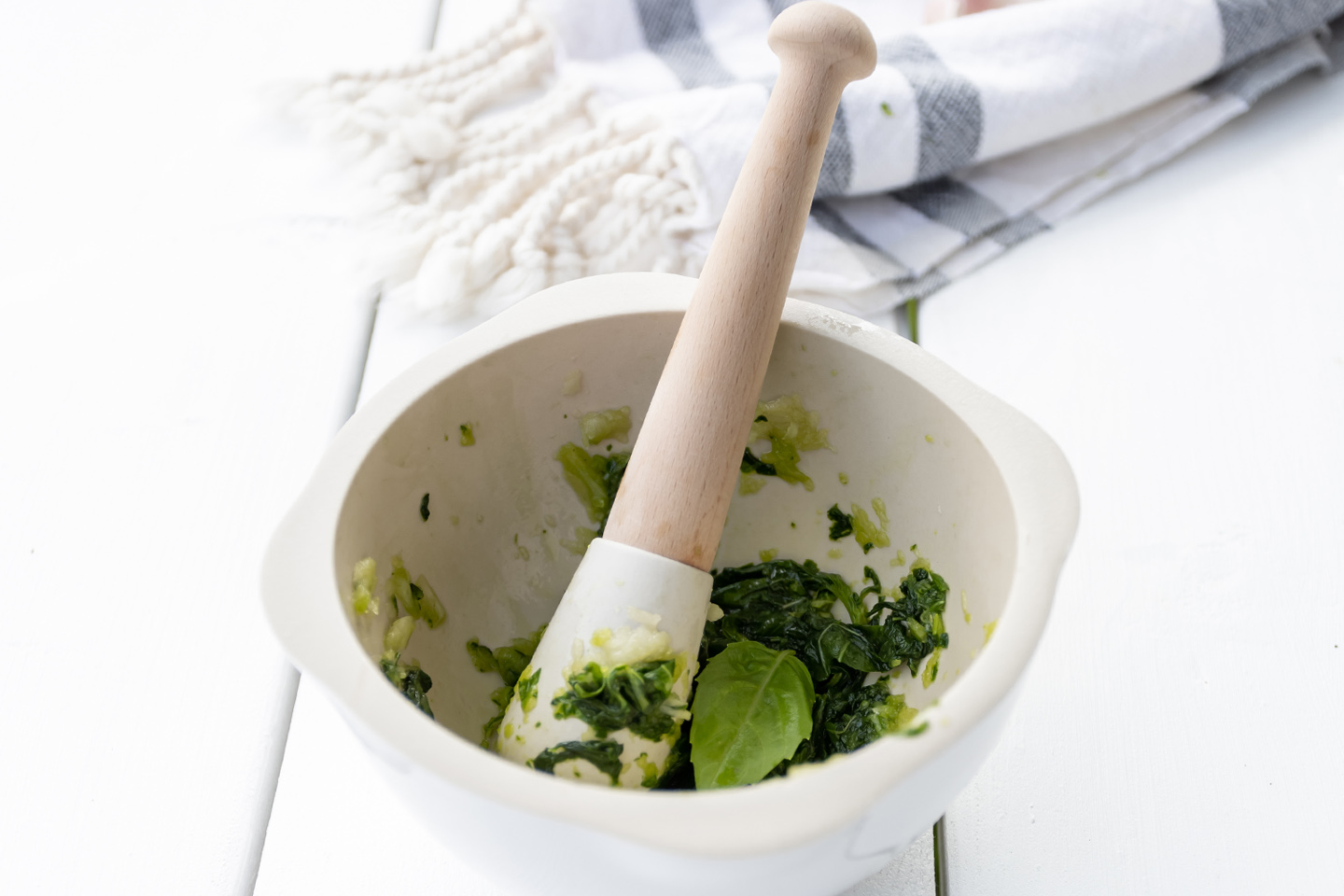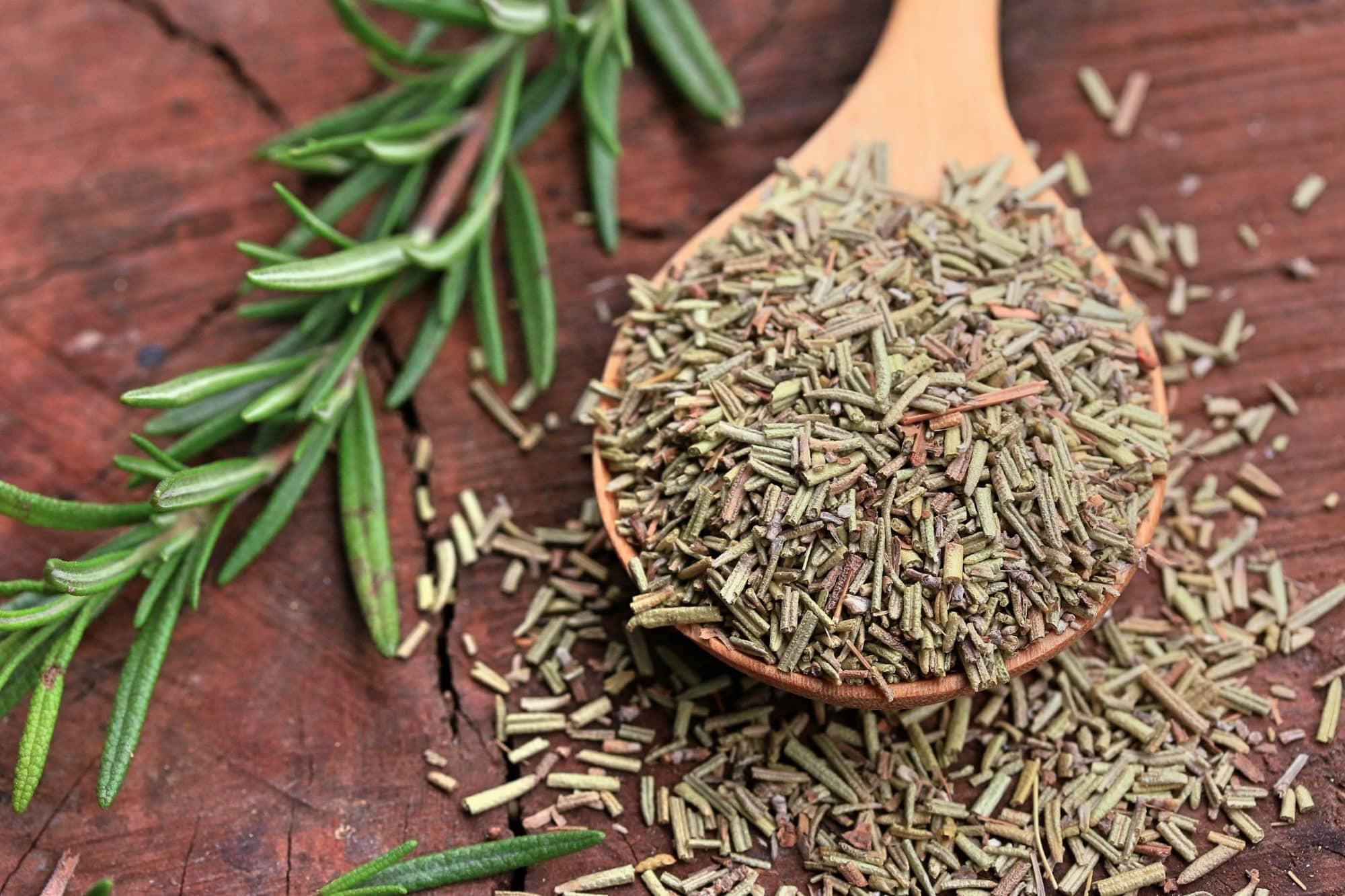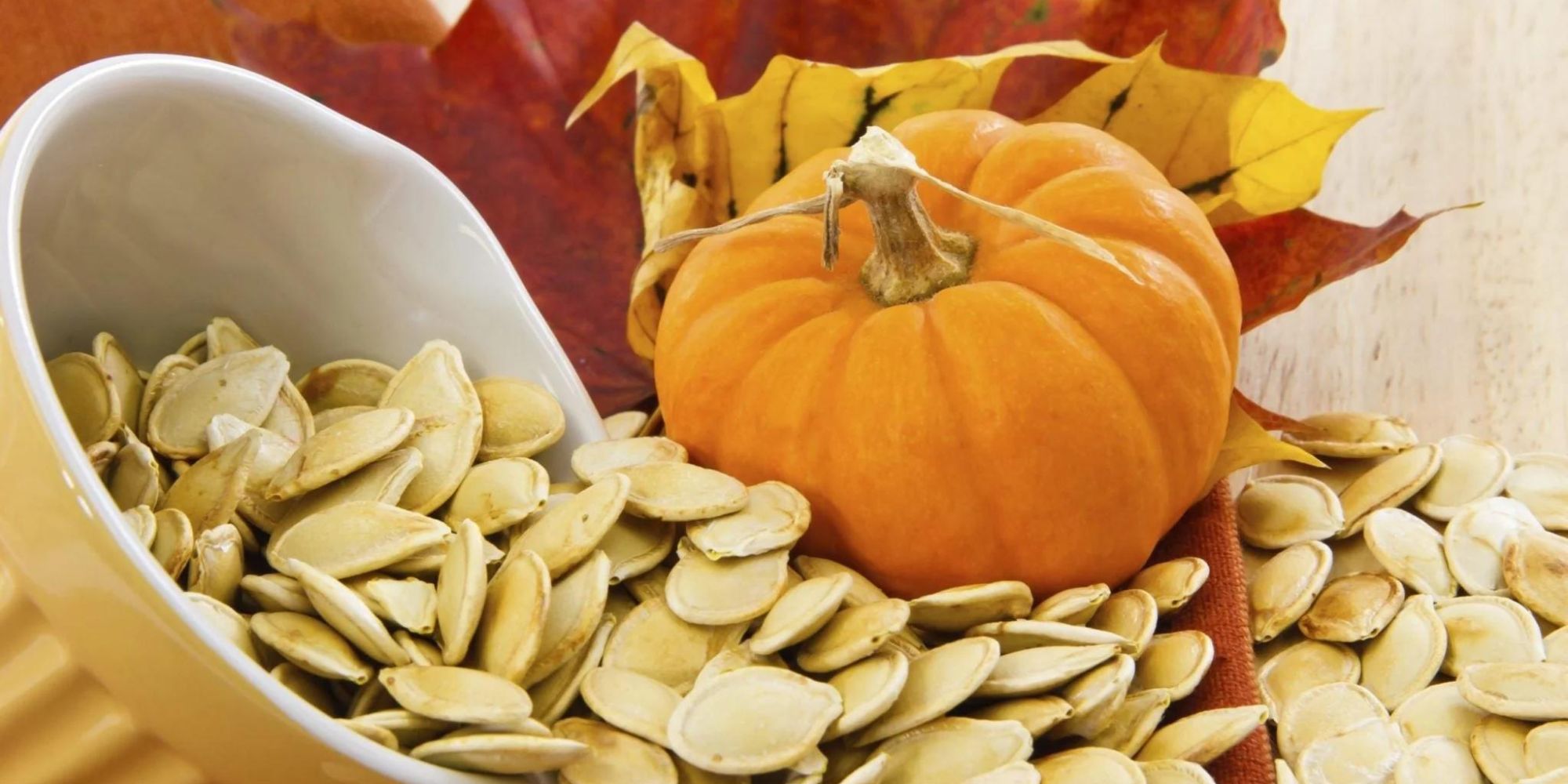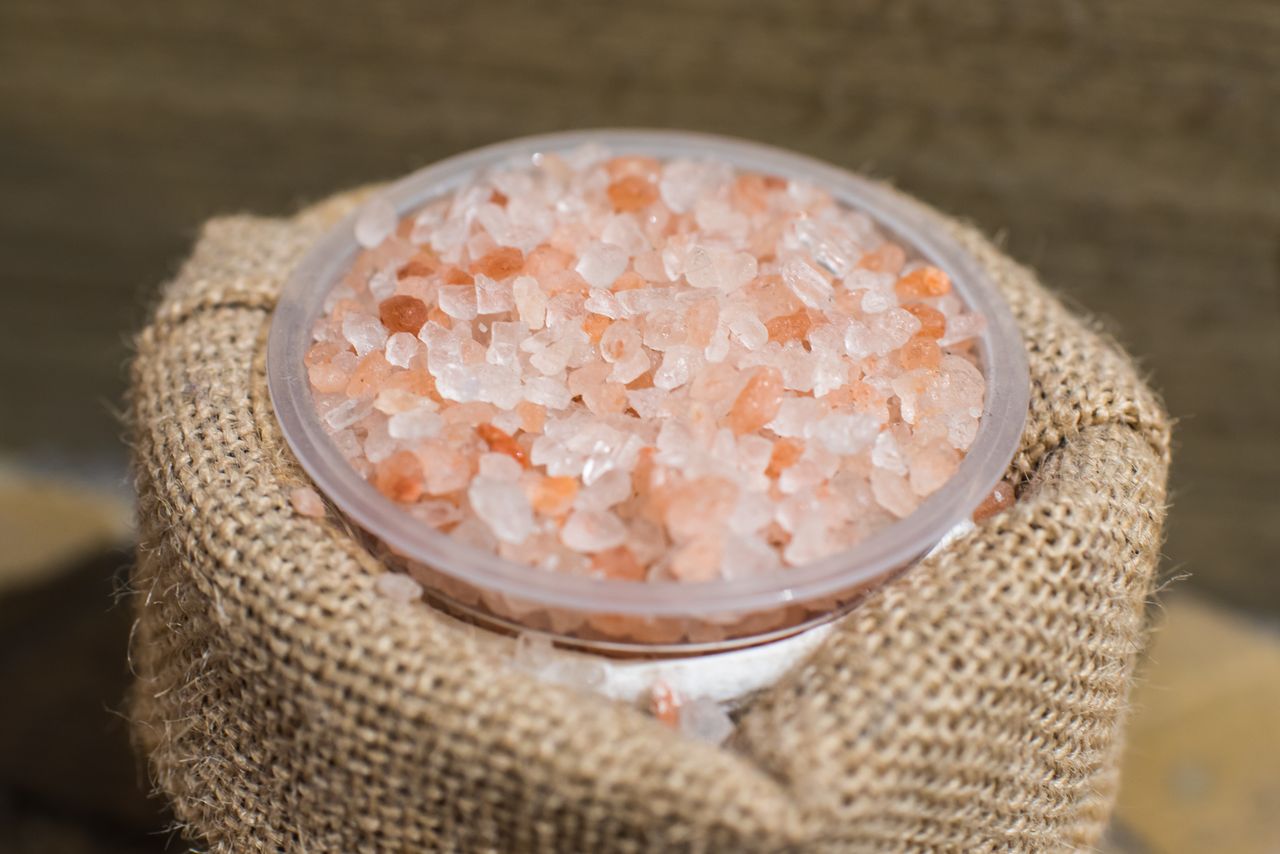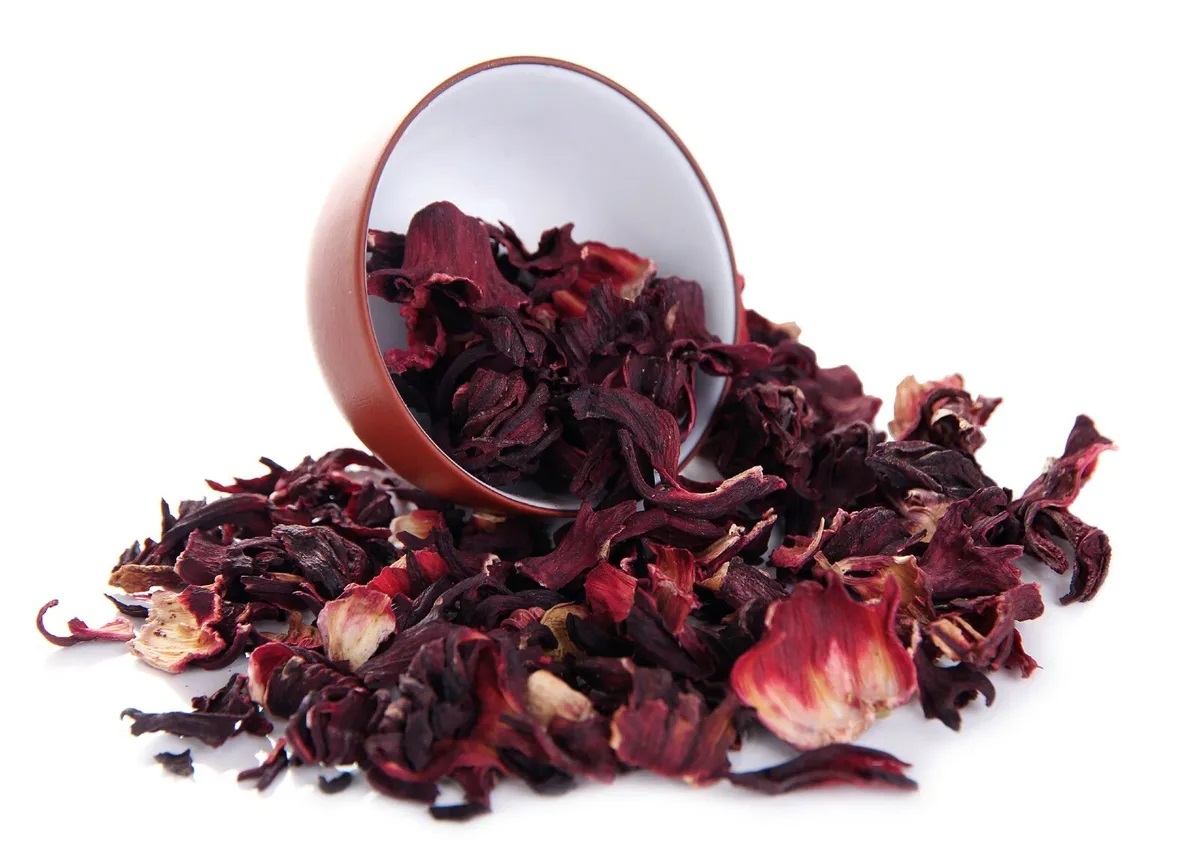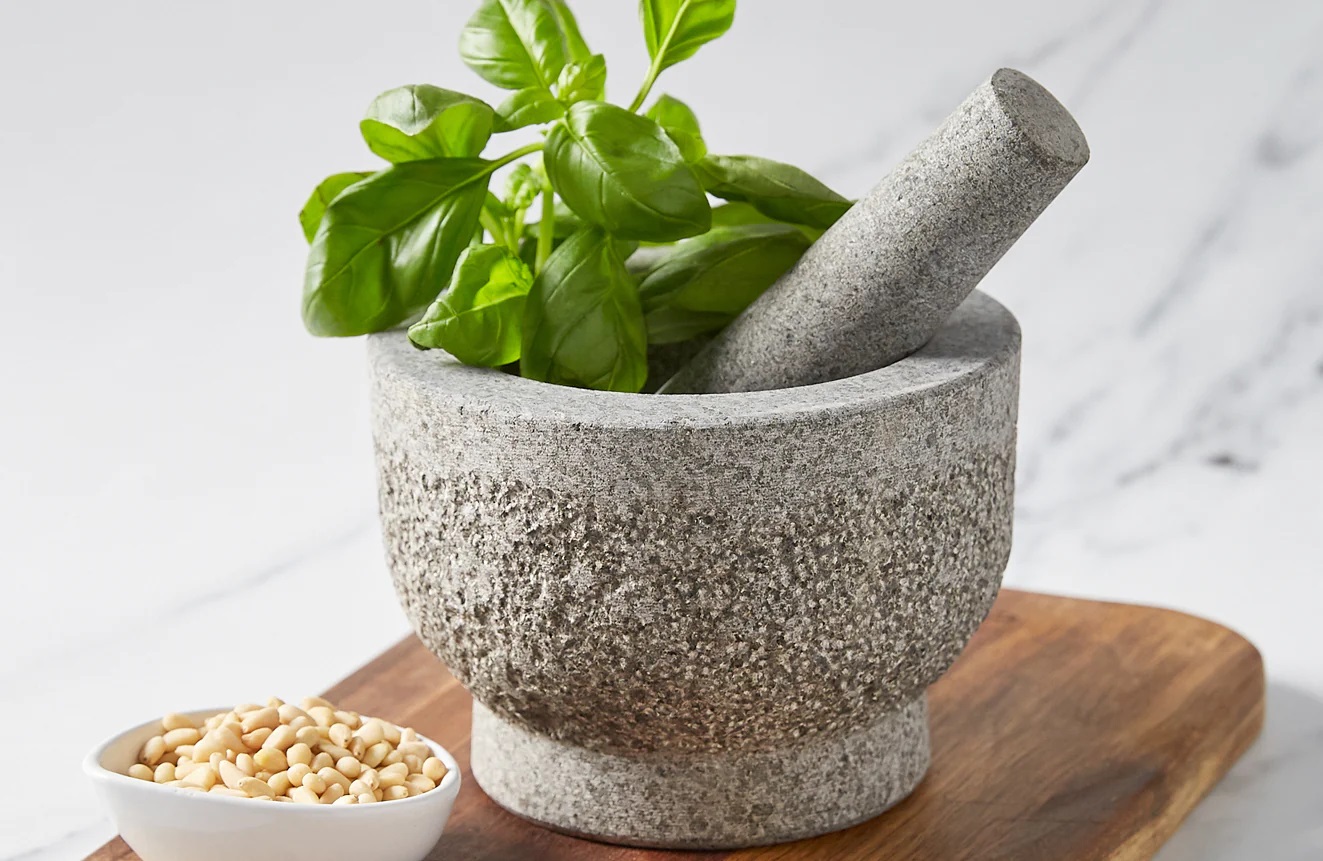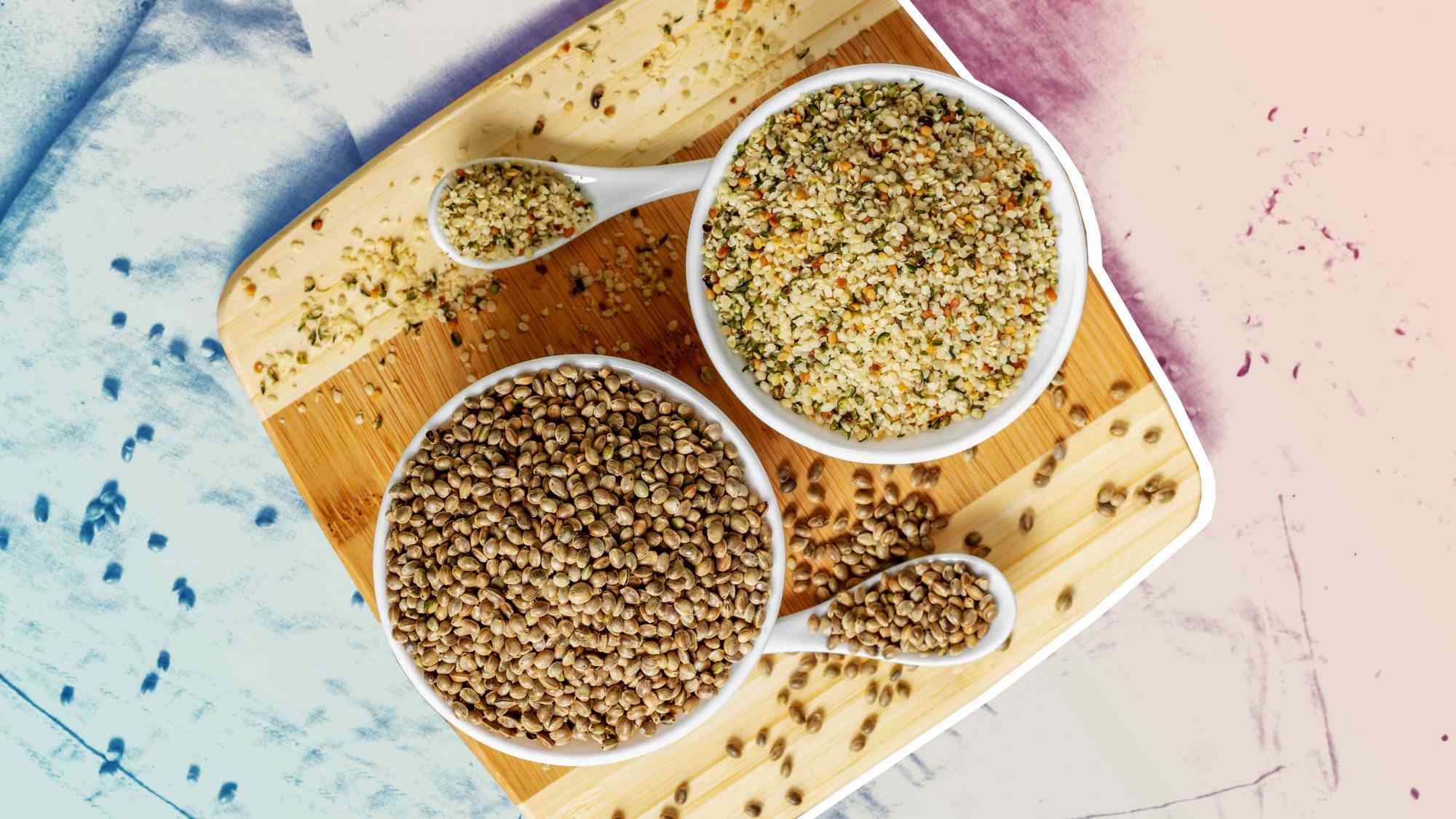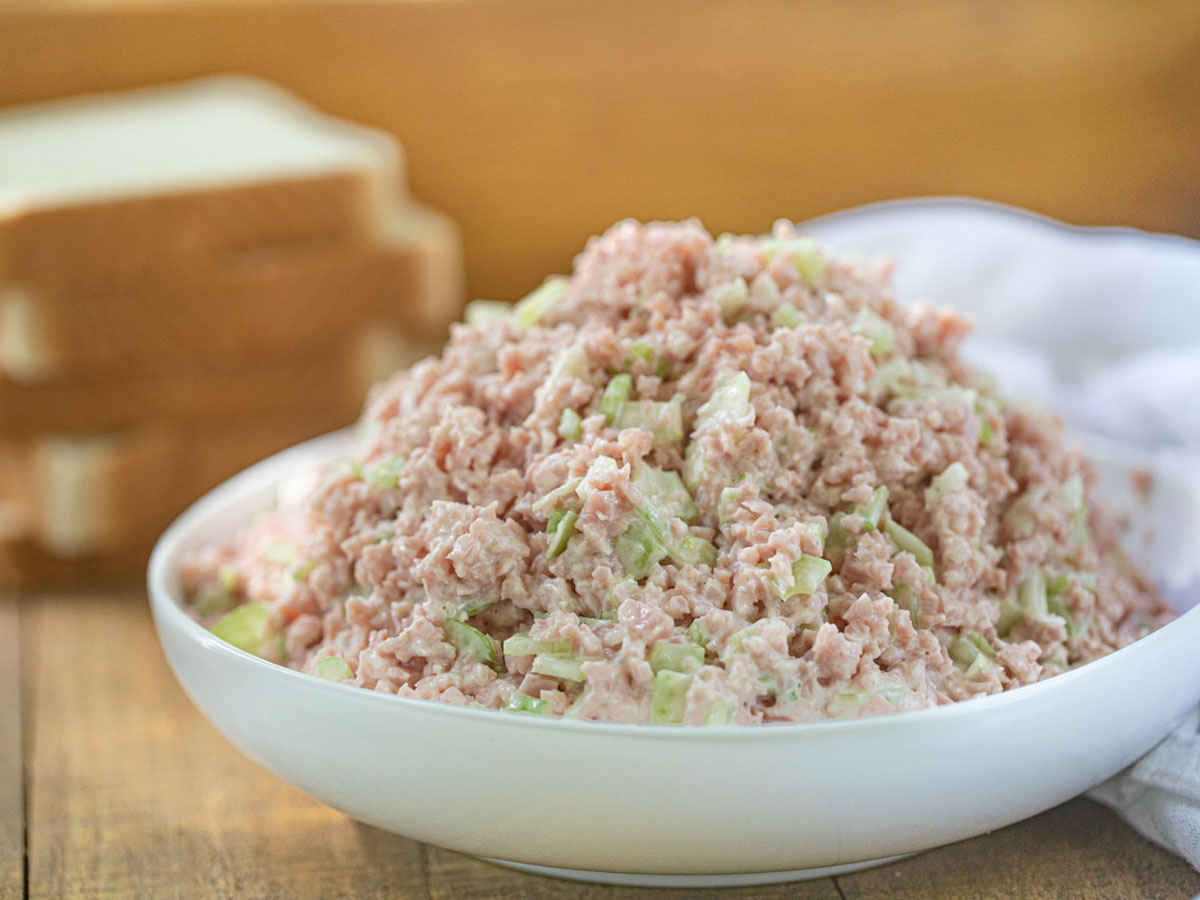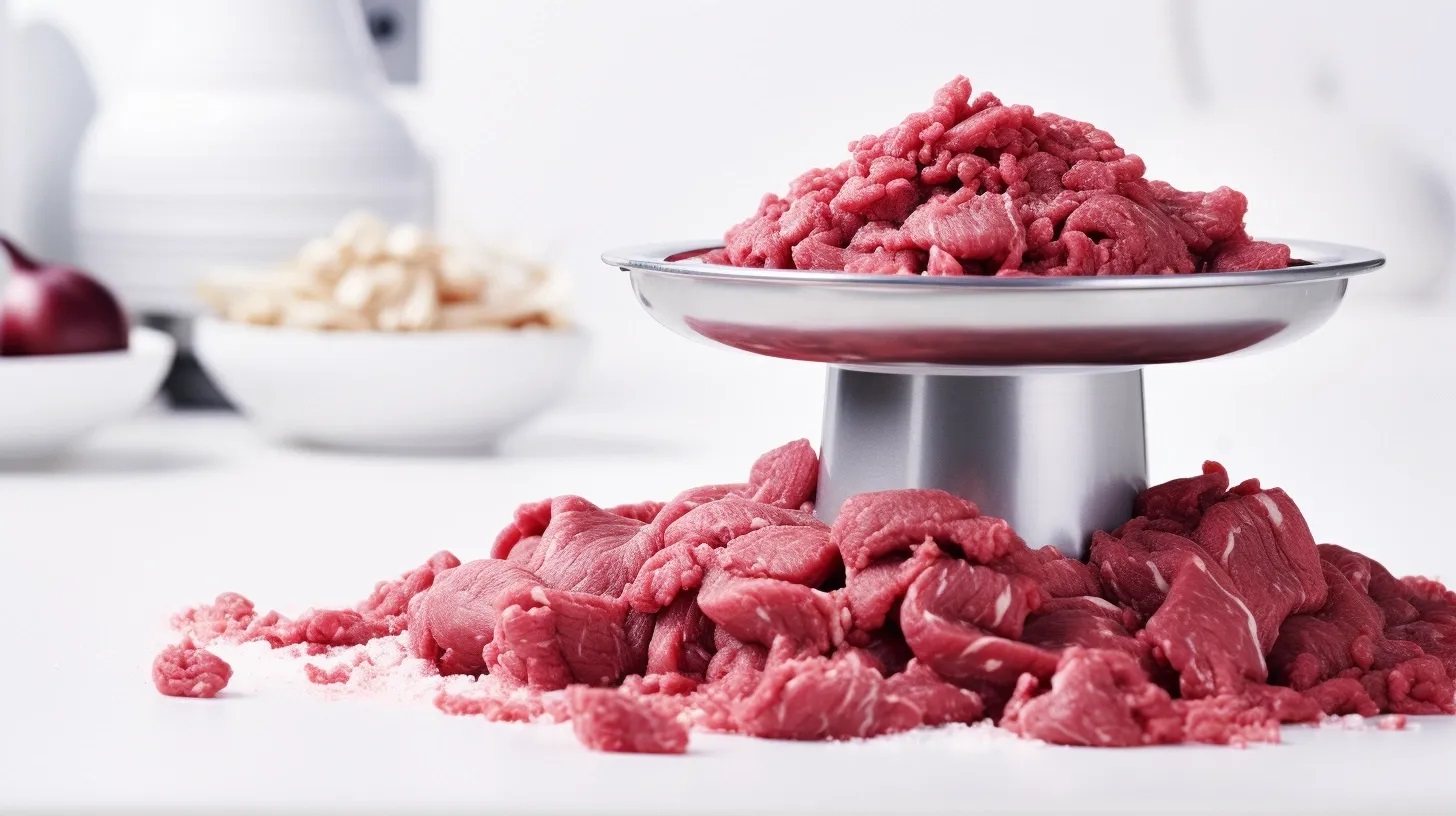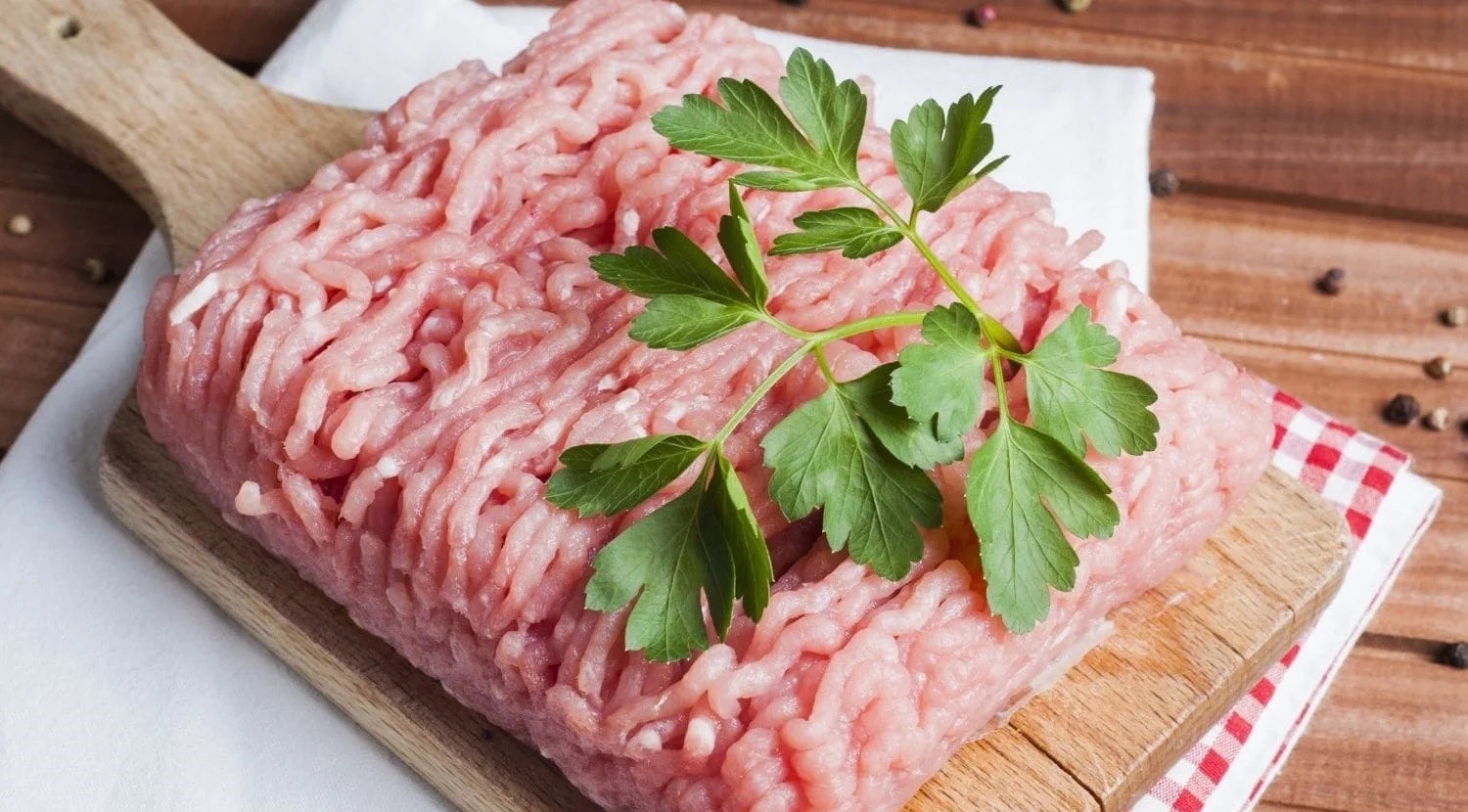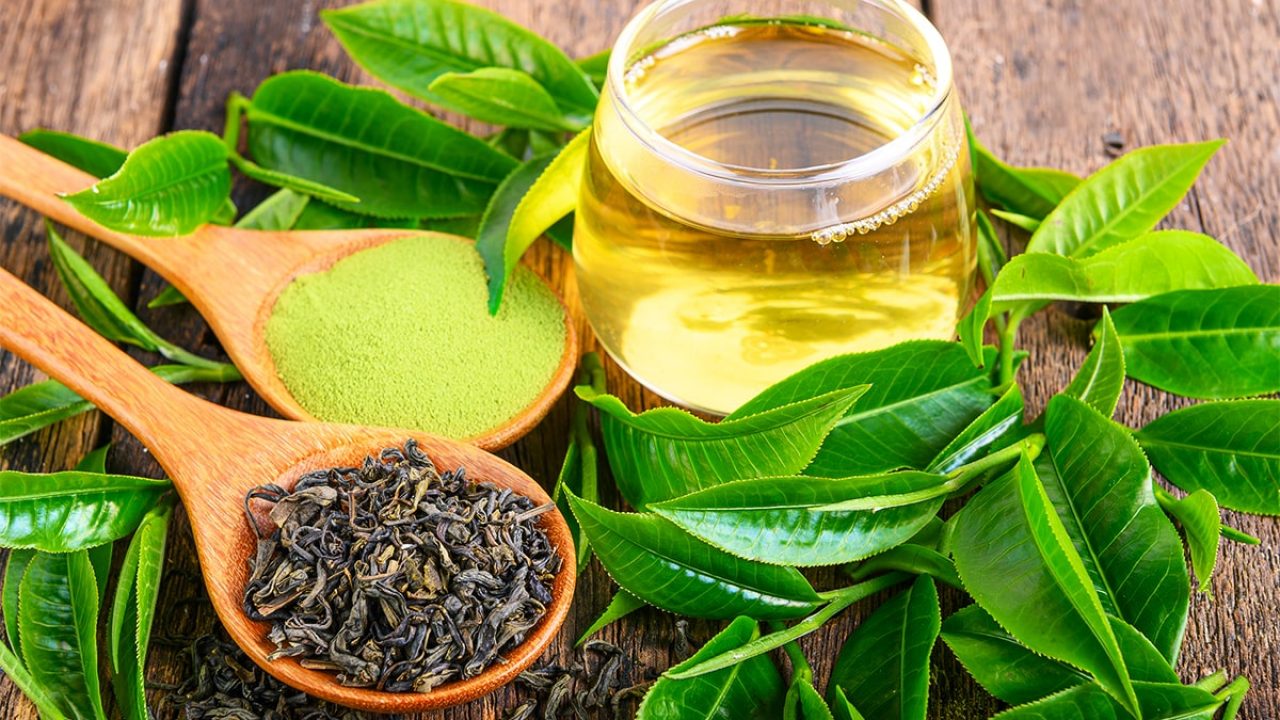Grinding Maruthani Leaves: A Traditional Practice
Maruthani leaves, also known as henna leaves, are widely used in traditional Indian cooking and for their medicinal properties. Grinding maruthani leaves is a common practice in many households, and it is an essential step in preparing various dishes and natural remedies. In this article, we will explore the traditional method of grinding maruthani leaves and the benefits of incorporating them into your culinary and wellness routines.
Why Grind Maruthani Leaves?
Maruthani leaves are known for their vibrant green color and distinct earthy aroma. When ground into a fine paste, these leaves release their natural pigments and impart a rich flavor to dishes. Additionally, maruthani leaves are valued for their medicinal properties, which include anti-inflammatory and cooling effects. By grinding maruthani leaves, you can unlock their full potential and harness their benefits in various applications.
The Traditional Method
Grinding maruthani leaves is a time-honored practice that requires attention to detail and a gentle touch. Here’s a step-by-step guide to grinding maruthani leaves using traditional methods:
- Start by plucking fresh maruthani leaves from the plant. Look for leaves that are vibrant green and free from blemishes.
- Thoroughly wash the leaves to remove any dirt or impurities. Once clean, allow the leaves to dry completely.
- Once dry, place the leaves in a mortar and pestle. Gently crush the leaves using a circular motion, applying even pressure to release their natural oils and pigments.
- Continue grinding the leaves until they form a smooth, vibrant green paste. This may take some time and patience, but the end result is well worth the effort.
Utilizing Ground Maruthani Leaves
Once you have successfully ground the maruthani leaves, you can incorporate the paste into various culinary and wellness applications. Here are some popular uses for ground maruthani leaves:
- Culinary Delights: Add the ground maruthani paste to dough for making savory snacks, such as maruthani leaf parathas or pakoras. The vibrant green color and earthy flavor will elevate your dishes.
- Natural Hair Care: Maruthani leaves are renowned for their hair conditioning properties. Mix the ground paste with water or oil to create a nourishing hair mask that promotes strength and shine.
- Traditional Body Art: In many cultures, maruthani paste is used for creating intricate designs on the skin. The ground paste can be applied to the skin in various patterns, leaving behind a beautiful, temporary stain.
In Conclusion
Grinding maruthani leaves is a cherished tradition that brings both culinary and wellness benefits. By following the traditional method of grinding maruthani leaves, you can unlock their vibrant color, rich flavor, and natural healing properties. Whether used in cooking, hair care, or body art, ground maruthani leaves offer a versatile and time-honored ingredient for your daily routines.
Next time you come across fresh maruthani leaves, consider grinding them using the traditional method and exploring the myriad ways to incorporate this versatile ingredient into your life.
For those interested in learning how to grind Maruthani leaves, there are several exciting recipes to try. The Maruthani Leaf Pakoras offer a crispy and flavorful snack that pairs wonderfully with tea. If you're in the mood for something more traditional, the Maruthani Leaf Biryani combines aromatic spices and basmati rice for a rich dinner option. For a lighter meal, the Maruthani Leaf and Chickpea Salad provides a refreshing and nutritious choice. Additionally, the Maruthani Leaf and Yogurt Dip makes for a versatile side that can complement various dishes. Each of these recipes showcases the unique flavors of Maruthani leaves, making them a must-try for anyone looking to expand their culinary repertoire.
